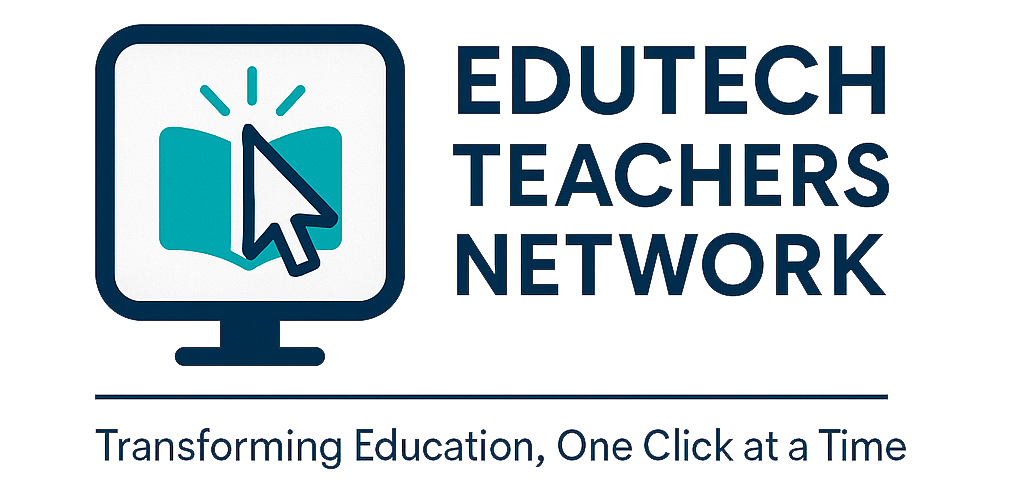In the modern classroom, visual communication is just as important as spoken or written words. Whether it’s designing engaging lesson slides, creating infographics, or producing student project templates, Canva has become a go to tool for educators worldwide.
What is Canva?
Canva is a free, web-based graphic design platform that allows users to create a wide range of visual content from posters and presentations to social media graphics and videos. It offers drag-and-drop editing, thousands of customizable templates, and millions of free images, icons, and design elements.
For teachers, this means professional-looking materials can be created quickly without the need for advanced graphic design skills.
Why Canva is Popular Among Educators
Canva’s simple drag and drop interface makes it accessible to both beginners and experienced designers.
Teachers can find templates for lesson plans, classroom posters, certificates, worksheets, and more.
Work is saved online, allowing teachers to access their designs from any device in school or at home.
Multiple people can work on the same design, making it ideal for group projects or teacher collaboration.
Canva for Education offers premium features for free to verified teachers and schools, including access to extra templates, stock images, and classroom collaboration tools.
Teachers can use Canva to:
Move beyond plain slides with colorful, visually rich designs.
Summarize complex topics into easy to understand visuals.
Add visual elements that make resources more appealing.
Use Canva’s video editing features for short lessons or class recaps.
Design certificates, award badges, and student appreciation cards.
Example:
A science teacher can design a Parts of a Plant infographic with labeled images, then print it for the classroom and share it digitally for remote learners.
Canva for Students
Students benefit from Canva by:
Designing project posters or research presentations.
Creating storyboards or timelines for history or literature classes.
Making digital portfolios of their work.
Learning basic design skills useful for future careers.
Tips for Getting the Most Out of Canva
Save time by customizing a template instead of starting from scratch.
Keep a consistent color scheme and font style for school projects.
Add audio or short video clips to make projects interactive.
Apply for the free upgrade to unlock premium content.
Keep lessons, handouts, and student projects neatly sorted.
Canva’s Role in Digital Pedagogy
As more schools embrace digital pedagogy, Canva stands out as a tool that bridges creativity and technology.
It encourages active learning, supports differentiated instruction, and allows teachers to tailor resources for both online and offline learning environments.
By empowering both educators and students to create visually compelling content, Canva turns lessons into memorable learning experiences.
Canva is more than just a design tool it’s a creative partner in education. Whether you’re preparing a dynamic classroom presentation, designing interactive learning materials, or guiding students through creative projects, Canva offers the flexibility, resources, and ease of use to bring ideas to life.


Leave a Reply